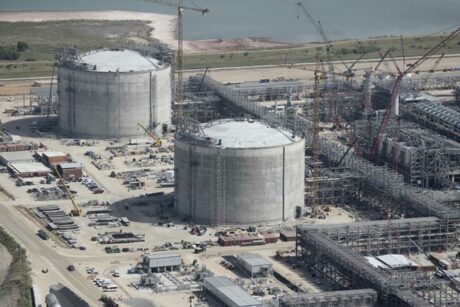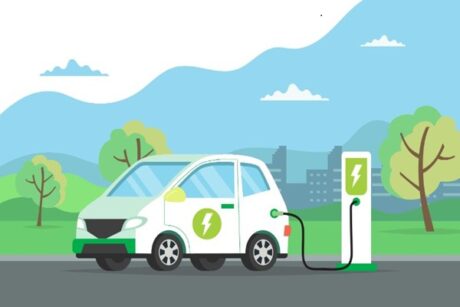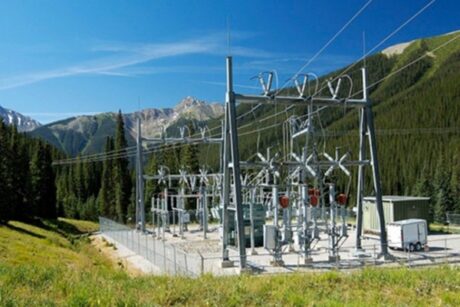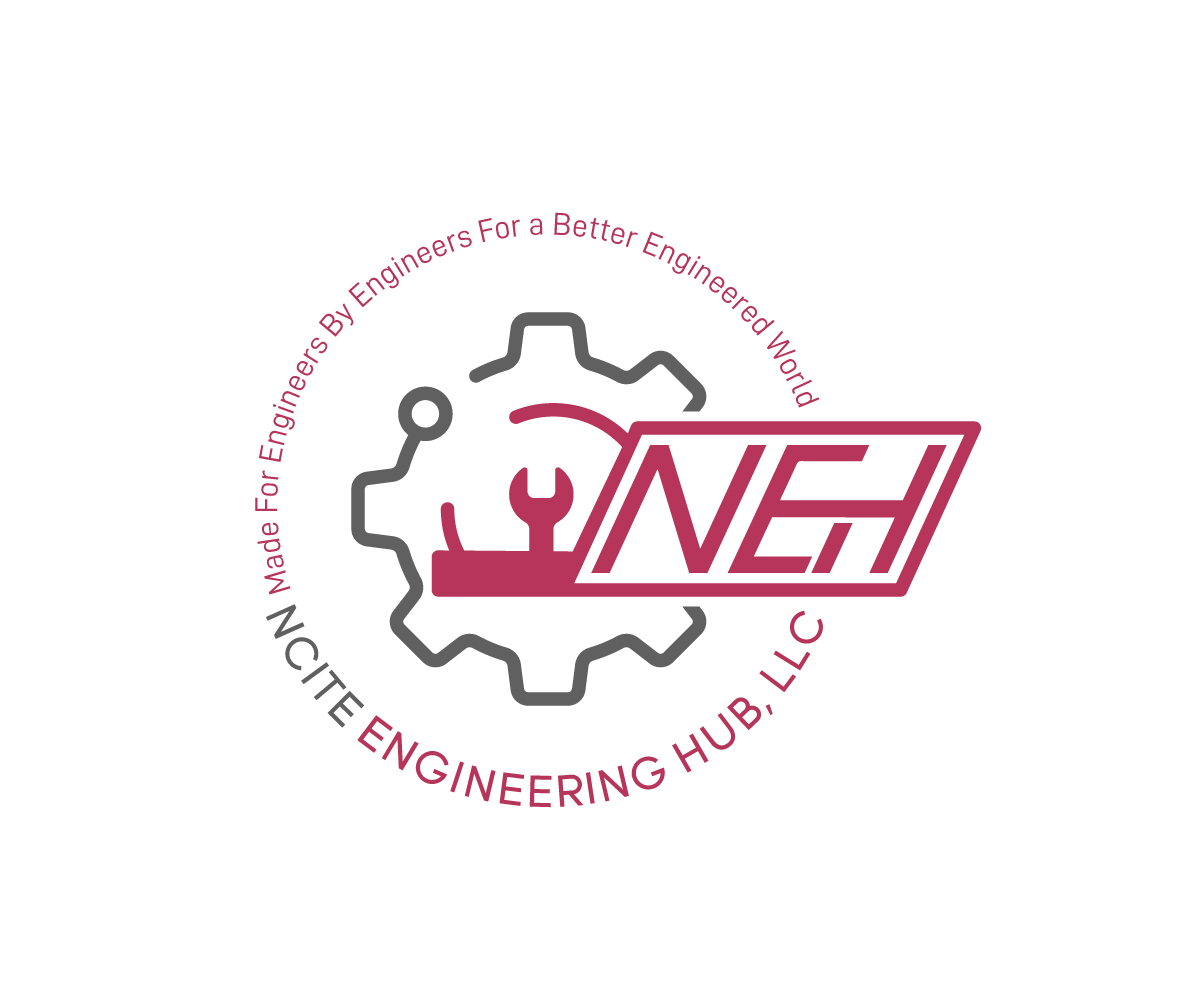- Course No E – 1199
- PDH Units 7.00
No data found for Custom Course Number
No data found for Custom Course Units
- Course No E – 1199
- PDH Units 7.00
Intended Audience: engineers concerned with the use of solar and wind energy to produce electrical energy.
PDH UNITS: 7
Since its origin in the early 1920s, the U. S. electrical grid has evolved to handle power sources whose output is predictable and can be controlled. Examples are coal, oil, natural gas, and hydropower. Because the output from these sources is controllable, operators of the grid can work with power plant operators to increase or decrease power production as the load on the grid varies. Through an intricate system of load balancing developed by many people over the years, grid operators are thus able to maintain stable, high-quality electrical power in the grid. Once renewable sources of energy such as solar and wind are attached to the grid, however, problems arise: these sources of energy are variable and uncertain. Operators cannot control when the sun shines or when the wind blows. Thus operators now have to deal not only with a varying load, but also with a varying power source. This course provides an overview of the current U. S. electrical grid, including 1) how planning and operations are carried out to ensure reliability, 2) requirements for power reserves to provide continuous service in the face of equipment failure, 3) transmission technology, and 4) economic aspects. It then explores the challenges to the grid posed by high levels of variable renewable generation and some changes that are expected to occur in response to these challenges. This course is based on Volume 4: “Bulk Electric Power Systems: Operations and Transmission Planning.” Milligan, M.; Ela, E.; Hein, J.; Schneider, T.; Brinkman, G.; Denholm, P. (2012). Exploration of High Penetration Renewable Electricity Futures. Vol. 4 of Renewable Electricity Futures Study. NREL/TP-6A20-52409-4. Golden, CO: National Renewable Energy Laboratory.
Learning Objectives
At the successful conclusion of this course, you’ll be able to identify and discuss:- The North American electric power system
- Balancing authorities, regional entities, utilities and power pools
- Independent system operators, regional transmission operators, and other transmission organizations
- Utility system planning
- Grid reliability: planning reserves (reserve margin)
- Power system operations
- Transmission technology
- Transmission and institutional issues
- Technical challenge of variable generation
- Institutional challenges of variable generation
- Impact of variable generation on power system operations and transmission
Once completed, your order and certificate of completion will be available in your profile when you’re logged in to the site.










